
March is the beginning of spring and new solutions. This month, Rubryka talked about support solutions — Ukrainians find ways to help each other even in the most challenging situations. Rubryka collected 10 most interesting solution stories of the beginning of spring.
Every senior deserves attention: charity fund taking care of nursing homes

The de-occupied areas of the Kyiv and Zhytomyr regions are still recovering from the consequences of the occupation. "russian world" left behind looted houses, destroyed infrastructure, and what is most terrible — the crippled lives of thousands of people. Especially vulnerable categories like pensioners, people with disabilities, residents of senior shelters, and those who had a hard time even in peacetime suffered the most. Now, for them, support is not just desirable but vital.
"Yulyni babusi" is a charitable foundation taking care of such shelters. Volunteers bring goodies, clothes, and hygiene products to older people. But the most important thing is that they are still fulfilling their dreams. How exactly? Find out in Rubryka's material.
Support groups for women waiting for their loved ones from war: how they work

With the beginning of the full-scale invasion in Ukraine, one of the strata of society — military families waiting for their relatives — has expanded significantly. The war affects them the most. It doesn't matter where a woman is waiting: abroad after fleeing the war, in the rear in Ukraine, or areas close to hostilities. Mentally, she is always on the front line with her beloved.
For such women, war is always a reference point and an eternal trigger. After all, the war took away one of the most critical sources of support from them — their loved ones.
Mariia Stetsyuk is a psychologist, author of the "Girls, who are waiting" project, and head of support groups at "Veteran HUB." Almost immediately after the full-scale invasion began in 2022, she realized that many women needed support. And one of the practical tools can be group meetings with those who are going through the same experience — those who are waiting. They will understand, support, and share each other's worries.
Rubryka tells about the project here.
A new home for rescued animals: the story of the Kharkiv shelter
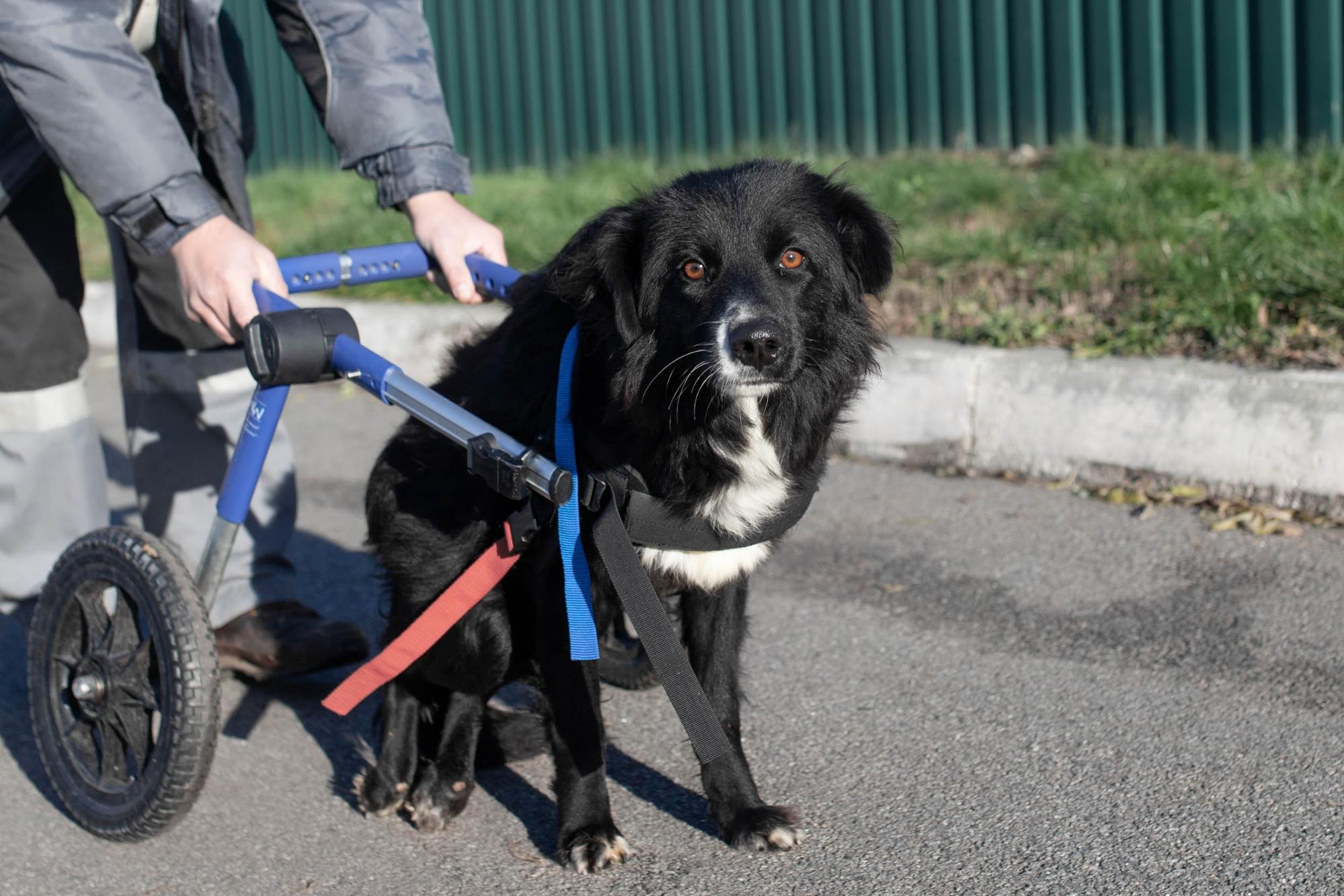
The city of Kharkiv has suffered from the constant terror of russian invaders since the first days of its large-scale invasion of Ukraine. russian troops have been constantly attacking the city with missiles for a year, destroying its infrastructure and residential buildings, killing and injuring people. Animals also become victims of the war, often injured and frightened by the violence around them. russia is taking away their home, health, and life.
Despite the ongoing war, Kharkiv residents, like the rest of Ukraine, continue to live,work, and support each other — including those who cannot ask for help. The Kharkiv Center for the Treatment of Animals provides shelter to homeless animals, finds them a new home, and treats severely injured animals brought from the de-occupied Kharkiv region. Read about the shelter's work in Rubryka's article.
"Even if it makes the defenders at least 2% more comfortable:" sewing solution from Mariupol resettler's enterprise
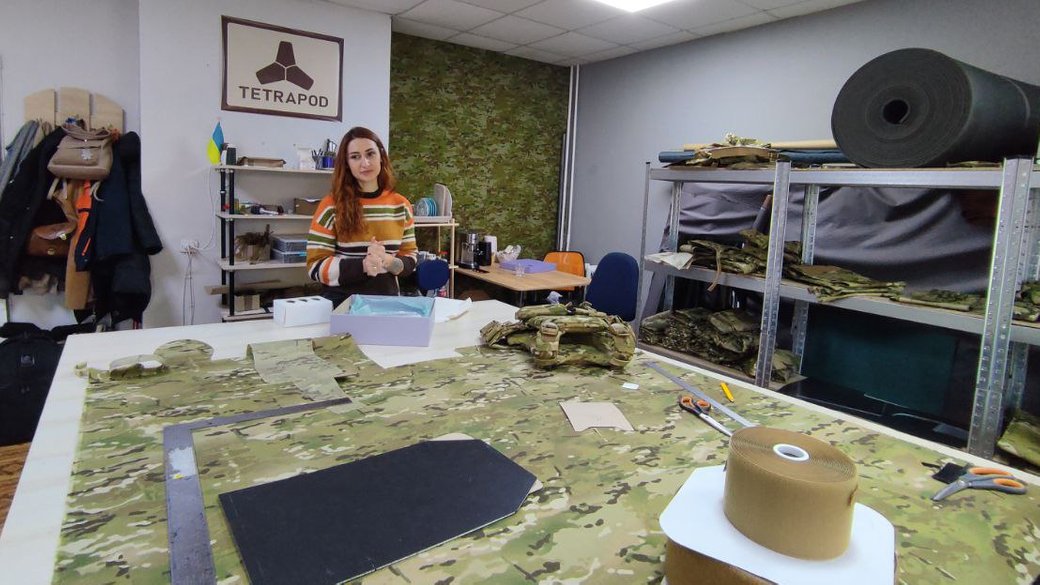
Oksana Makarova
With the beginning of russia's full-scale invasion on February 24, 2022, many problems arose with equipment for military personnel. This is not surprising because the size of the Ukrainian army tripled almost instantly. Gradually, the state began to cope, but volunteers have also fulfilled many requests from the military, who are fighting the enemy on the front lines.
Clothes, shoes, protective equipment, plate carriers, belts, and shoulder pads are consumables at the front. Relatives of service members help cover these needs but not only by finding and buying necessary things for their nearest and dearest. For example, in Ukraine's northwestern Volyn region, Oksana Makarova, a soldier's wife, launched a whole mini-enterprise for the production of military equipment. The enterprise is engaged in sewing armored vests, backpacks, and shoulder-belt systems (SBS) for Ukrainian defenders. Rubryka looked into the enterprise's work.
What to do with the waste of war
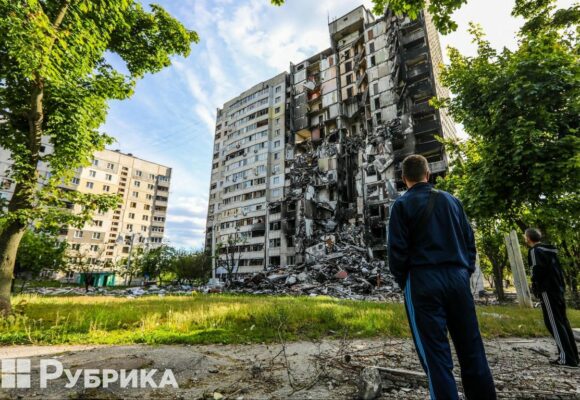
Due to the russian terror, the amount of destruction waste in Ukraine can already be compared with the amount of solid household waste generated in the country per year on average, which is about 10-12 million tons.
Missiles are terrifying not only because they can destroy an entire apartment block in a single strike. Even when a rocket is shot down by the air defense, it breaks into thousands of tiny shards, littering hazardous chemicals into the environment, says Yuliia Markhel, leader of the Ukrainian youth movement "Let's do it Ukraine."
Rubryka explained what to do with the waste of war and why it is dangerous.
Stage heroes became real-life heroes: how Ukrainian theaters support war survivors
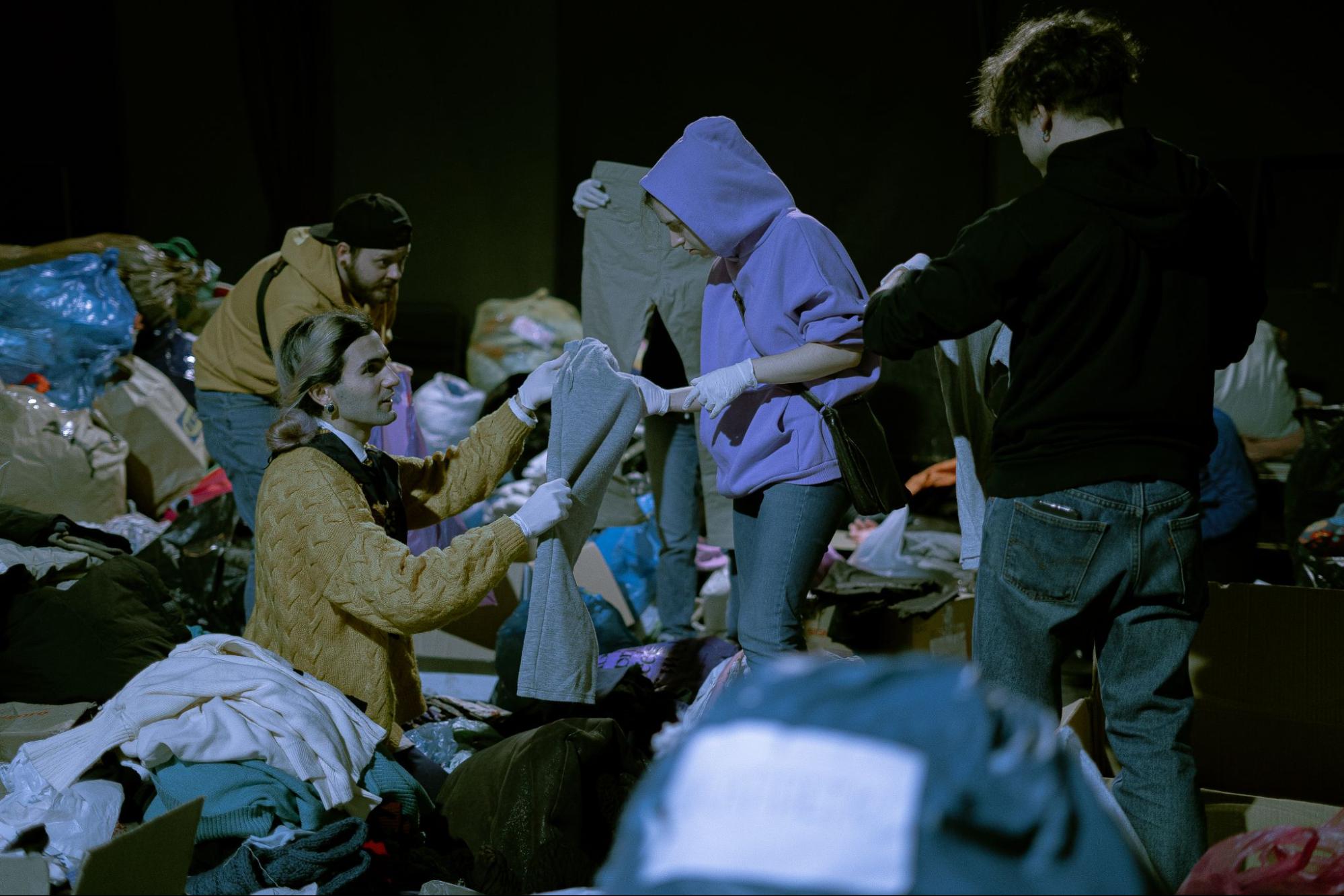
According to a survey by the International Organization for Migration, the number of internally displaced persons (IDPs) in Ukraine is currently 6.9 million. In the very first days of the full-scale war, this number was many times larger: the flow of people poured from the north, east, and center of Ukraine to the west: someone went abroad, someone remained in Ukraine with the status of an IDP. Everyone needed help, support, and reassurance.
It was in that time that Ukrainians supported other Ukrainians the most. Humanitarian hubs, volunteer movements, aid centers, and shelters for displaced persons were created exceptionally quickly, and theaters joined in the movement of self-organization, since most of them already had experience volunteering to help people affected by the war that has been ongoing since 2014. In many cities, theaters have become not just places for cultural enrichment, but an oasis of of help from theater workers who are caring and quick to organize.
Rubryka visited the Lviv Academic Drama Theater named after Lesya Ukrainka — "Lesya's Theater" — as the staff affectionately call it, and the Poltava Academic Regional Puppet Theater. Their experience in the first months of full-scale war is almost identical, and so is their motivation.
"Another winter will come very quickly": how artisans of "Zigrii" project dress Ukrainian soldiers
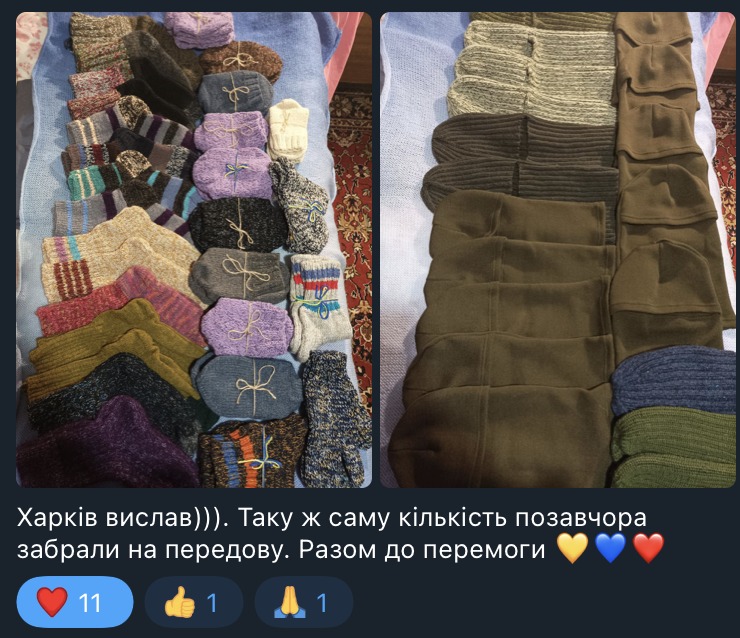
Clothing for defenders is an expendable item. Service members need not only tactical things but also underwear, socks, gloves, and hats. These small things warm those who are defending Ukraine at the front. They are necessary to keep the fingers warm to pull the trigger in time, to keep the feet from freezing during combat tasks in the steppe, and to protect ears from the wind.
Sew or knit and send the finished product to Ukrainian service members. Yuliia Savostina and her friends founded "Zigrii," where thousands of artisans united to knit socks, hats, balaclavas, gloves, and other things.
Microgreens and long-term storage meals: displaced entrepreneur building a business amid war
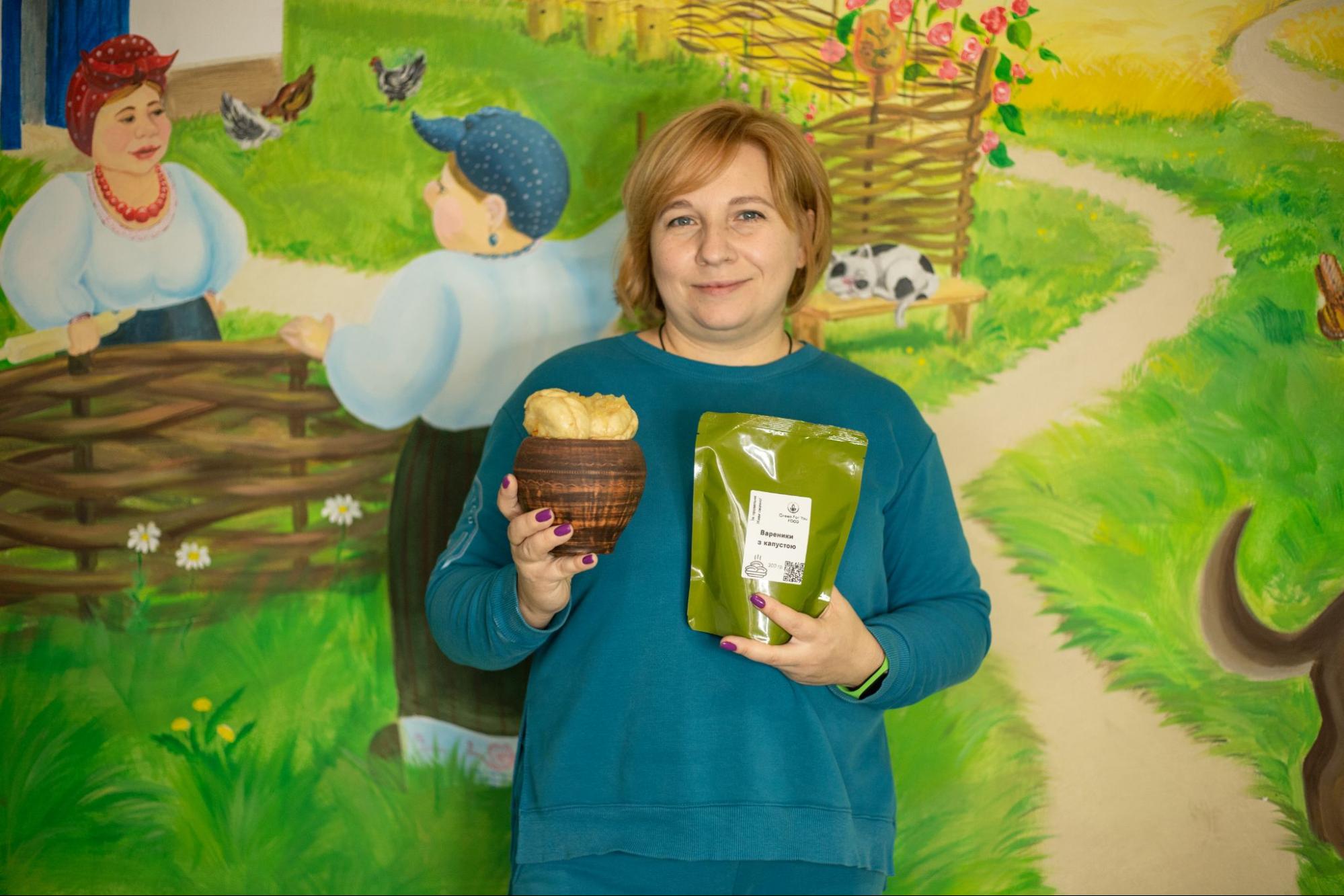
Photo: Tetiana Chernikova's personal archive
Is it possible to estalish a new business amid war, when you lost your home? If so, then how? On February 24, they were the only supplier who brought products to Kharkiv supermarkets.Tetyana Chernikova and her sister Valentyna are co-founders of the city farm for growing microgreens and the enterprise for producing long-term storage products Green for You.
And in 2022, again because of russia, Tetiana ran away from her home for the second time. Rubryka tells the story of a resettled woman who, despite being deprived of her home for the second time due to the war, is building a business and looking for ways of development in a small village in the Poltava region.
Ukrainian farmers overcoming war challenges
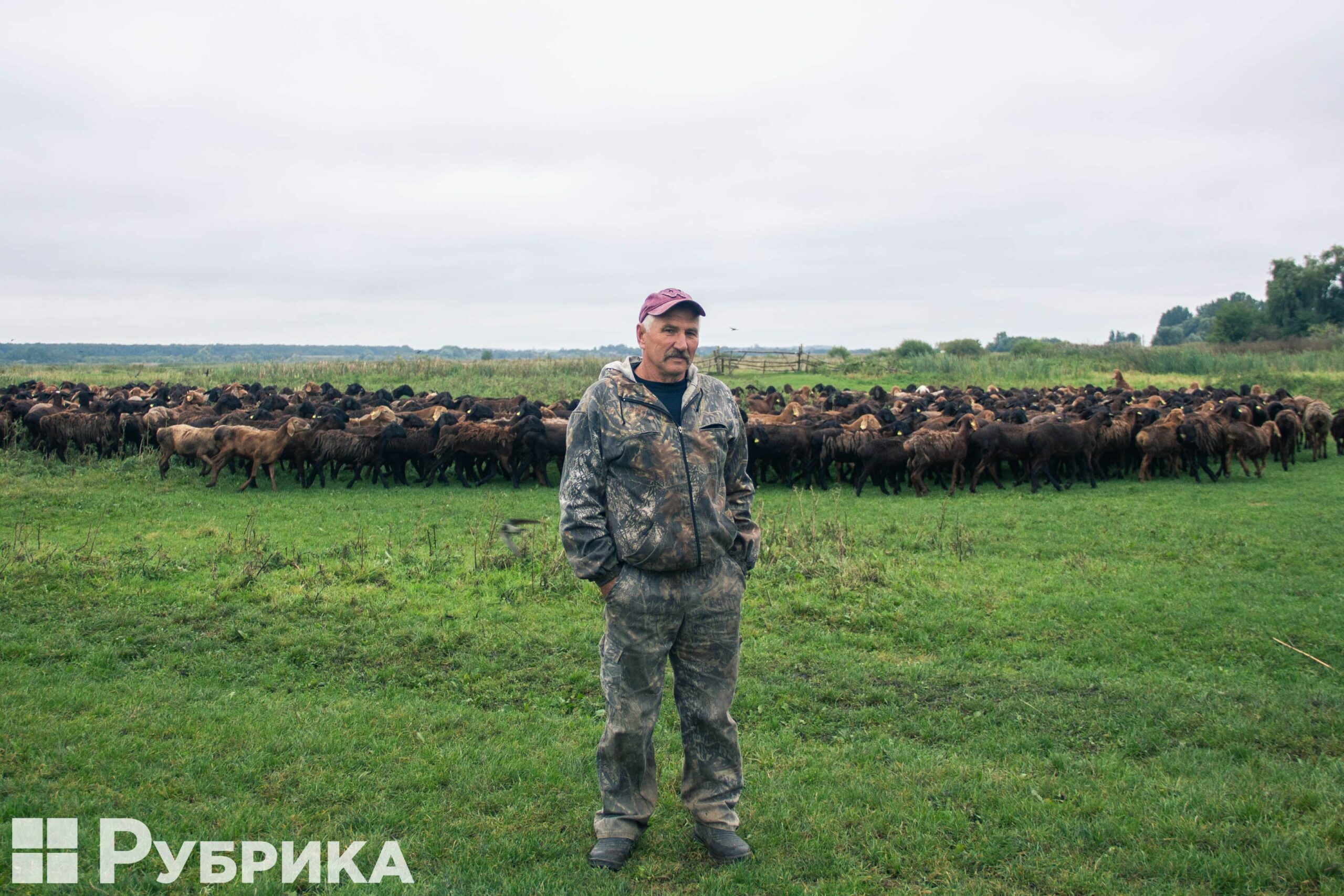
After the beginning of russia's full-scale invasion of Ukraine on February 24, 2022, agriculture suffered terrible losses. The war led to the damage or destruction of many farms. Only a few farmers managed to evacuate their animals from areas under russian occupation. The war has left millions of people internally displaced, leading to depopulation in many rural areas, which results in reduced demand for meat and dairy products there.
In addition, farmers faced blackouts, hostilities, isolation, and many other problems in each of their regions.
Rubryka shares what they had to save themselves from and how solutions from Ukrainian farmers work — from autonomous farms on renewable energy to their own power plants.
Sustainable reconstruction and democracy: How Ukrainians can ensure a green future
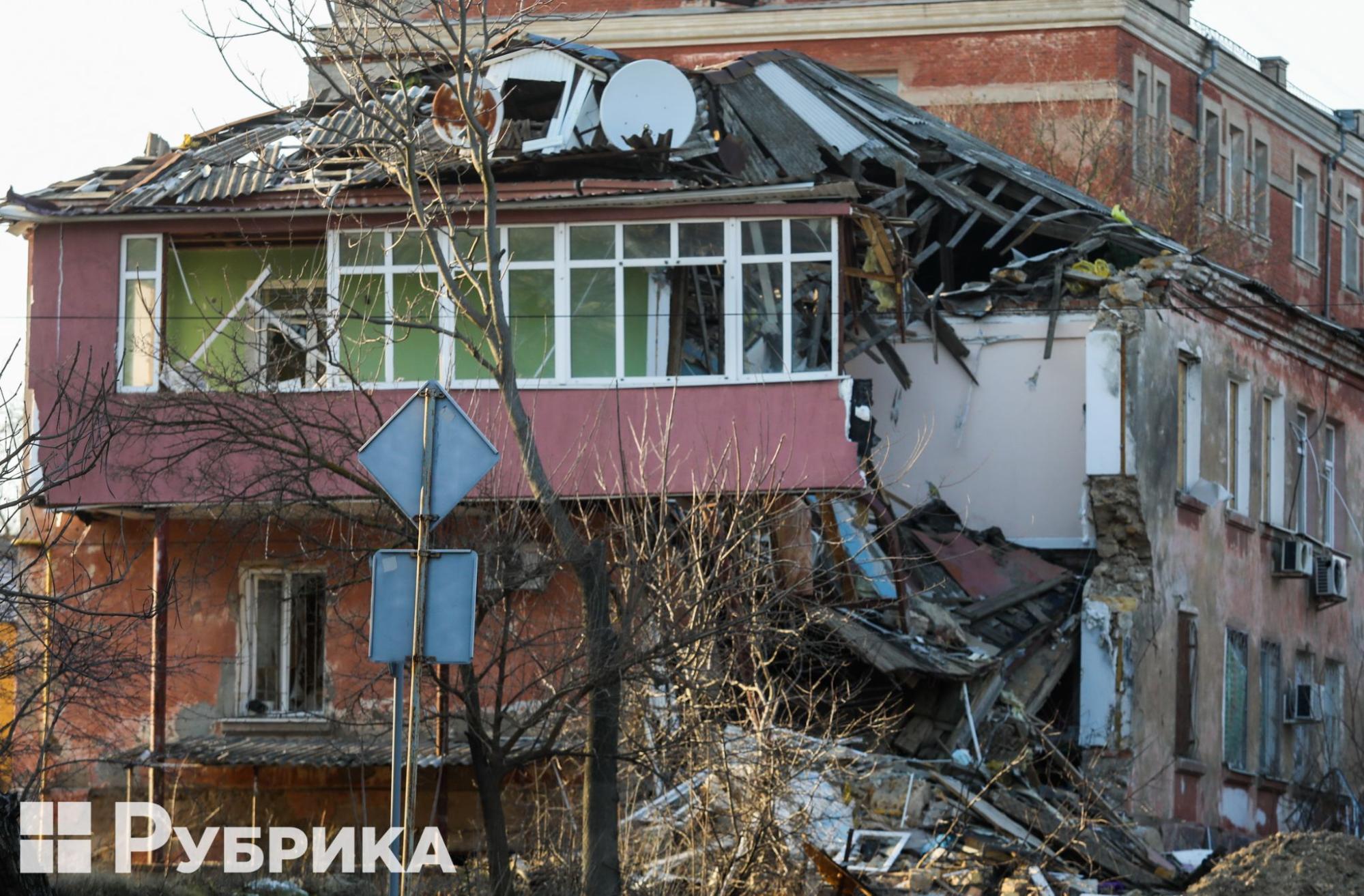
Destroyed housing throughout Ukraine is estimated at $54 billion. This is the damage or destruction of almost 150,000 residential buildings, including 17,500 apartment buildings.
All of this can be rebuilt quickly and cheaply, but such construction requires a lot of resources and is unlikely to be sustainable or even habitable. Ukrainian cities already have enough problems with infrastructure, a small number of green spaces, and an unsuitability for pedestrians. Such cities will never be comfortable to live in.
However, it is still possible to rebuild steel cities. Rubryka told about what can be done and how to restore your house.








